What is a Dewatering Pig?
Dewatering Pig works in cleaning stagnant water and other sediment from pipes. This foam pig is usually consists of spongelike materials. Besides, it has a good water absorption property. When cleaning the pipe, you can put dewatering pigs into the pipe. Then they will absorb the water and dirt in the pipe. Then they will remove the foam balls manually or automatically, to achieve the cleaning of the pipe.
Benefits of using foam pigs to clean pipes include:
Effective water absorption: Foam balls can absorb a lot of water and dirt, improving cleaning efficiency.
Environmental protection: Compared with chemical cleaners, the use of foam balls is more environmentally friendly and will not pollute the environment.
Low cost: The cost of absorbent foam balls is relatively low. Therefore the pig is suitable for large-scale pipe cleaning.
During operation, we recommend using the absorbent foam pig appropriately according to the specific situation and degree of blockage of the pipeline. Besides you should replace it regularly to maintain its absorbent effect. If the pipe is heavily clogged, you may need to use it in conjunction with other cleaning tools or methods.
Advantages of Dewatering Foam Pig
There are two kinds of conventional foam pigs: one is made of sponge products by processing, and the other is made of polyurethane material by mold.
The advantages of sponge products are simple processing, relatively low price, and good water absorption. The disadvantage is that it is easily broken and the effective running distance is short.
Polyurethane foam pig has the advantages of accurate mold molding size, good wear resistance, and long effective running distance. But it costs more than sponges.
In comparison, foam pig has more advantages than conventional pig, cost-effective, and conducive to long-term use.
Parameters of the Foam Pig
| Bare Foam Pig | LCQZ-RTN | 1. Soft texture and good flexibility. | Starting pressure: 0.02 MPa |
| 2. With strong water absorption, the deformation amount can reach 60%. | Density: 35 kg/m³~220 kg/m³ | ||
| 3. Used for dewatering, cleaning, and drying pipelines. | Withstand pressure: 7 MPa | ||
| Stretch rate: 320% | |||
| Compression ratio: 60 | |||
| Flex life: 50,000 times | |||
| Attrition rate: 4 mm/100 km | |||
| Operating distance: 50 km~150 km | |||
| Operating temperature: -30℃~100℃ |
| Crisscross Foam Pig | LCQZ-RTCC | 1. The interior is foamed by polyurethane material. The surface is covered with a prismatic block polyurethane elastomer. | Operating temperature: -30℃~100℃ |
| 2. It has a high surface hardness and a large friction coefficient. | |||
| 3. It has high elasticity and toughness. | |||
| 4. The pig works in pipeline dewatering and cleaning impurities. | |||
| Crisscross Foam Pig With Brush | LCQZ-RTCB | 1. The interior is foamed by polyurethane material. The surface is coated with an elastomer coating. | Starting pressure: 0.02 MPa |
| 2. Paste the spiral wire brush. | Density: 35 kg/m³~220 kg/m³ | ||
| 3. The deformation amount can reach 40%. Which is both elastic and will not fall off. | Withstand pressure: 7 MPa | ||
| 4. It is used to remove the hard scale of the pipeline and has better rust removal and decontamination effects. | Stretch rate: 320% | ||
| Compression ratio: 50 | |||
| Flex life: 50,000 times | |||
| Attrition rate: 2 mm/100 km | |||
| Operating distance: 100 km~300 km | |||
| Operating temperature: -30℃~100℃ |
Applications of Dewatering Pigs
Dewatering pigs play a crucial role in maintaining pipeline efficiency and integrity. Initially, these devices remove accumulated water from pipelines, primarily after hydrostatic testing or during routine maintenance. Furthermore, the removal of this water prevents corrosion and the formation of hydrates, which can obstruct the pipeline. Operators use dewatering pigs not only to clean and dry the pipeline but also to prepare it for inspections or product changeovers.
Moreover, dewatering pigs enhances product quality by ensuring that no water contaminates subsequent batches of product flowing through the pipeline. In gas pipelines, these pigs help maintain the purity and efficiency of the gas by removing moisture. Additionally, they are vital in pipelines that transport sensitive products, where even minimal water presence can degrade the product or cause processing issues.
Foam pig can be used for pigging various medium pipes:
1. Natural gas pipeline in operation: It can remove water, light oil, methane hydrate, iron oxide, carbide dust, carbon disulfide, hydrosulfuric acid and other corrosive substances inside the pipeline to reduce corrosion damage caused by corrosive substances to the inner wall of the pipeline; Re-define the pipeline direction; Detection of pipeline deformation; Check the integrity rate of valves along the line; Reduce working back pressure.
2. Crude oil pipelines in operation use pigging before detection to maintain efficiency. Operators pig intermittently in low throughput pipelines; this process removes condensate, wax, and scale to reduce back pressure, decrease wear resistance, and lower the oil temperature.
3. In water injection pipelines, operators use pigs to remove scale and sediment.
In summary, dewatering pigs ensure that pipelines operate safely, efficiently, and without contamination, supporting a wide range of industries reliant on uninterrupted pipeline services.



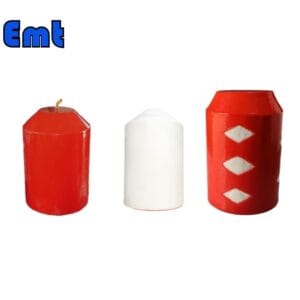
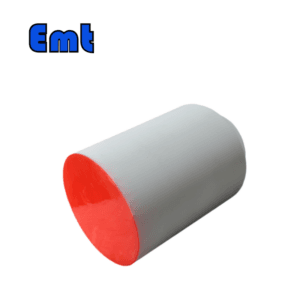
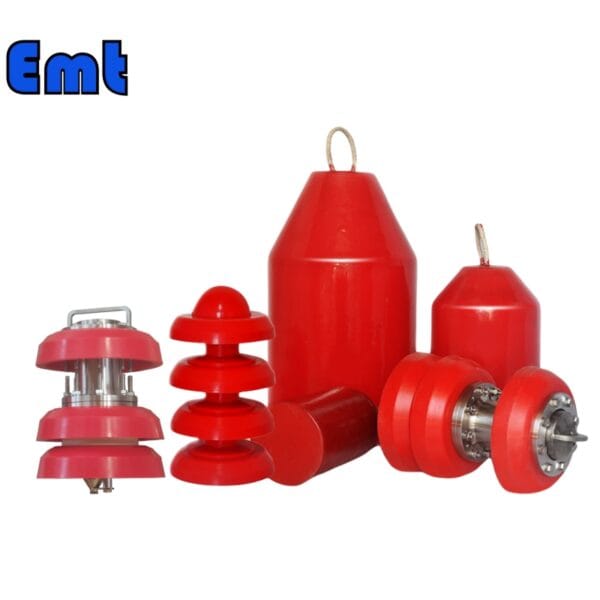
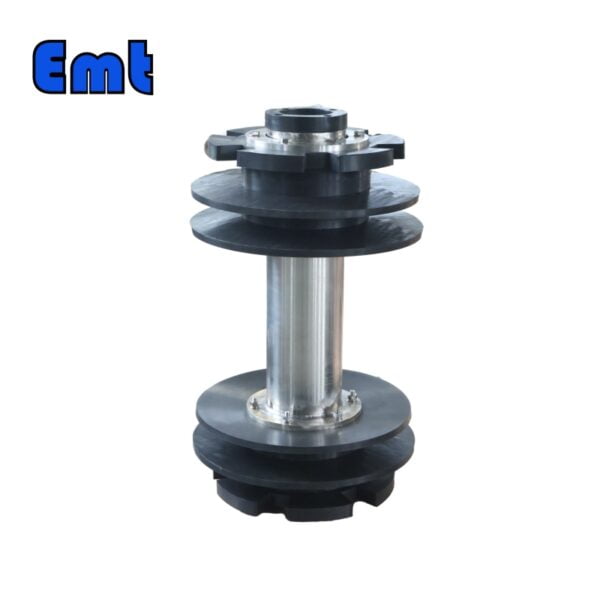
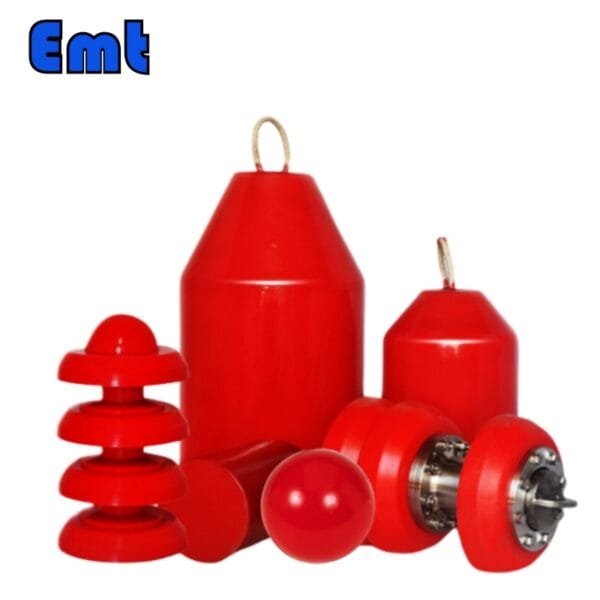
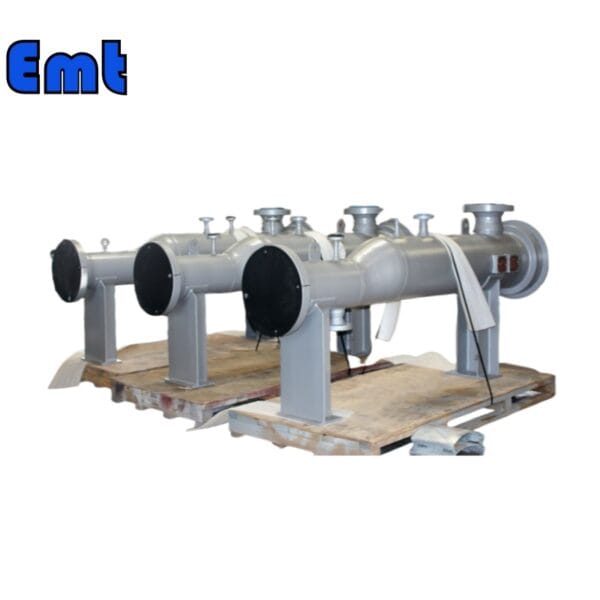
There are no reviews yet.